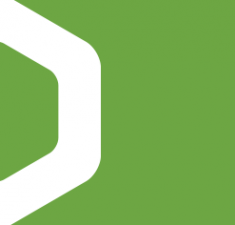Cost of Quality
posted by Dave Dame
 November 18, 2009
November 18, 2009
The cost of quality (COQ) is the money spent beyond what it would cost to build a product right the first time. If every worker could produce defect-free products the first time, the COQ would be zero. Since this situation does not occur, there are costs associated with getting a defect-free product produced.
There are three COQ categories:
Prevention - Money required preventing errors and to do the job right the first time is considered prevention cost. This category includes money spent on establishing methods and procedures, training workers and planning for quality. Prevention money is all spent before the product is actually built.
Appraisal – Appraisal costs cover money spent to review completed products against requirements. Appraisal includes the cost of inspections, testing and reviews. This money is spent after the product or subcomponents are built but before it is shipped to the user.
Failure – Failure costs are all costs associated with defective products. Some failure costs involve repairing products to make them meet requirements. Others are costs generated by failures, such as the cost of operating faulty products, damage incurred by using them and the costs incurred because the product is not available. The user or customer of the organization may also experience failure costs.
The cost of building a product is comprised of the cost of production, which is the cost if the product could be built defect free, plus the three COQ categories. Added together, the production cost and COQ become the cost to build a product. The three COQ categories are sometimes called the cost of nonconformance, meaning COQ is the failure to conform to a process that enables defect-free products to be produced.
The quality function attempts to reduce the cost of quality. This is usually accomplished by increasing the prevention and/or the appraisal costs in order to reduce the failure costs more than the increase in the prevention and appraisal costs. It shows that initiating new appraisal programs such as inspections and reviews in software development, or new preventive programs such as staff training, can reduce the failure costs, which include such things as rework, so there is a net reduction in the cost to build a product.
Studies show that the COQ in IT is approximately 50% of the total cost of building a product. Of the 50% COQ, 40% is failure, 7% is appraisal, and 3% is prevention. Other studies have shown that $1 spent on appraisal costs will reduce failure costs threefold; and each dollar spent on prevention costs will reduce failure costs tenfold. Obviously, the right appraisal and prevention methods must be used to get these benefits. – Quality Assurance Institute
For example, the cost of adding unidentified requirements during system or acceptance testing is much more costly than identifying those requirements during the requirements gathering phase. Once individuals understand the cost of "overlooking requirements" they might be more willing to use techniques such as requirements reviews, JAD sessions, and improved processes to avoid the overtime, stress, and excessive cost of building those overlooked requirements late in the development process.






 Blog Subscription
Blog Subscription